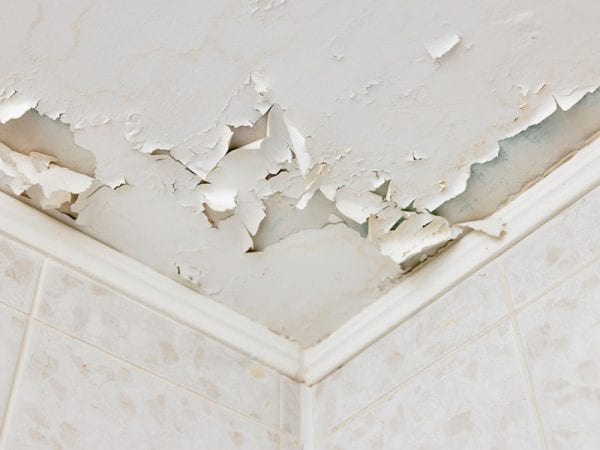Common Reasons Why Paint Cracks, Peels, or Bubbles
The color of your walls brings life to the rooms in your house, and can even alter the entire look or feel of the rooms when it is changed. The colors you select give your rooms character, and creates an inviting feel to your space. Unfortunately, there comes a time when that beautiful paint job starts to deteriorate, leaving cracked, peeled, or chipped paint hanging off of your walls.
What causes these damages to happen? Here are a few reasons why your wall paint cracks, peels, or chips, so that you can hopefully avoid these impairments from occuring in the future.
Why Does Paint Crack?
Cracks in paint usually start out as a hairline crack and will continue to get larger if they are not fixed early enough. Cracked paint can make your walls appear older and run-down, and there are a large variety of reasons why the paint cracked initially. First of all, the wall itself might not have been prepared properly before the wall was painted. It may not have been cleaned, primed, sanded down, or removed of all blemishes. It may seem like a tedious task to do before painting, but preparing your walls properly will ensure that your paint job lasts longer. Preparing accurately will save you time and money in the long run by avoiding any unnecessary repairs in the future.
Another reason your wall paint has cracked is because there was either too little or too much paint used in the first place. It is important to spread moderately thin and even layers of paint on your walls. If the paint is too thick it can clump up and leave ridges, which will eventually lead to cracking. If the paint is too thin there will not be enough substance to keep the paint job alive, causing cracks to form early on. Painting contractors are well-aware of the precise amount of paint to use, making it beneficial to hire them for your painting needs.
Why Does Paint Peel?
Paint starts to peel when it is unable to hold on to the underlying layer below it, such as a slick or shiny surface. To be able to stick, paint needs to be on top of a surface that contains ridges and raised parts, so it is able to bond with it. It is helpful to use sandpaper on a wall before you paint it so that you can toughen it up, allowing the new coat of paint to grasp on.
Peeling paint can also stem from using inexpensive and low-quality paint. Cheaper paints usually have a shorter life-span, and might not stick to your walls as strongly as higher-quality paints. It is important to do research on the different types of paints and different paint brands that are available, and to read reviews from people who have used them to see which paint is right for you.
Why Does Paint Bubble?
Bubbles form when paint film loses its adhesion from its foundational surface, and lifts upward. These bubbles can eventually lead to peeling, so it is best to avoid them from occurring altogether. The most common reason that bubbles form is from painting on a wet, warm, or cold surface, or in a humid environment. If the temperature is above 90 degrees it is too hot, and if it is below 50 degrees it is too cold. These conditions can cause the paint to harden away from the surface instead of on the surface.
Painting oil-based paint over latex paint is also a huge cause of bubbling. If you currently have latex paint on your walls and want oil-based paint on it next, you have to apply latex primer before the oil-based paint. If you do not know what type of paint is currently on your walls, you can test it out by scrubbing a small area of the wall with laundry detergent, rinsing that area with water and towel-drying it, and then rubbing a cotton ball that was soaked in alcohol on to the area. If the paint comes off of the wall that means it was a latex paint, and if it doesn’t come off of the wall it was an oil-based paint.
How To Fix Damaged Paint
If your paint has begun to crack, peel, or chip, or if you just want to bring life into your room with freshly painted walls, it is best to hire commercial painters like us to prepare and paint your space efficiently and correctly. Whether you need interior painting or exterior painting done, we’ve got you covered.

